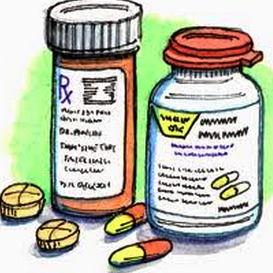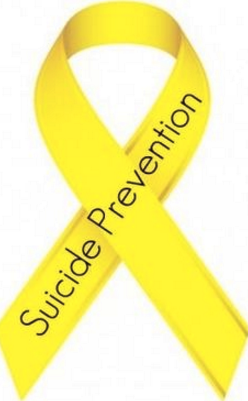Prescription Opioid Misuse Associated With Suicidal Behaviors in Adolescents

 Mental Health | Adolescents who misused prescription opioids were, on average, 1.51 times more likely to have experienced suicidal ideation...
Mental Health | Adolescents who misused prescription opioids were, on average, 1.51 times more likely to have experienced suicidal ideation...
Prescription opioid misuse among adolescents was found to be associated with an increased likelihood of suicidal ideation, creating a suicide plan, or attempting suicide, according to results from a study published in the Journal of Clinical Psychiatry.
Researchers conducted a retrospective study of 8830 adolescents aged 14 to 18 years who reported misusing prescription opioids. Sample data were collected from the 2017 Youth Risk Behavior Surveillance System, which assessed health risk behaviors related to death and disability among adolescents in the United States.
- The association between prescription opioid misuse and suicidal behaviors was analyzed using multivariate logistic regression.
- Adolescents who misused prescription opioids were, on average, 1.51 times more likely to have experienced suicidal ideation, made a suicide plan, or attempted suicide during the past 12 months than adolescents who did not report misuse.
After analysis, the researchers found that adolescents who misused prescription opioids had an increased odds of suicidal ideation (adjusted odds ratio [AOR], 1.50; 95% CI, 1.25-1.82; P <.001), creating a suicide plan (AOR, 1.44; 95% CI, 1.19-1.75; P <.001), or attempting suicide (AOR, 1.58; 95% CI, 1.25-2.01; P <.001).
Adolescents who self-identified as lesbian, gay, or bisexual were at greater risk of experiencing suicidal ideation, having a plan, or attempting suicide than their heterosexual counterparts. Asians or multiple non-Hispanic adolescents had approximately 45% higher odds of making a suicide plan than their non-Hispanic White peers, and the odds were more than doubled for suicide attempt among Black/African American and American Indian/Native Hawaiian/Pacific Islander adolescents compared with their non-Hispanic White peers.  American Indian / Native Hawaiian/Pacific Islander adolescents compared with their non-Hispanic White peers.
American Indian / Native Hawaiian/Pacific Islander adolescents compared with their non-Hispanic White peers.
Additional indicators of suicidal behaviors included history of sexual assault, illicit drug use, feeling sad or hopeless, cigarette smoking, and others.
Limitations included the lack of information about other relevant suicide predictors such as mood disorders or a history of suicidal behaviors, as well as socioeconomic status and family characteristics.
“Understanding the effects of prescription opioid misuse and its association with suicidal behaviors among adolescents will contribute towards early prevention and intervention efforts that can help reduce prescription opioid misuse and its negative mental health consequences of suicidal behaviors among adolescents,” the researchers wrote.


